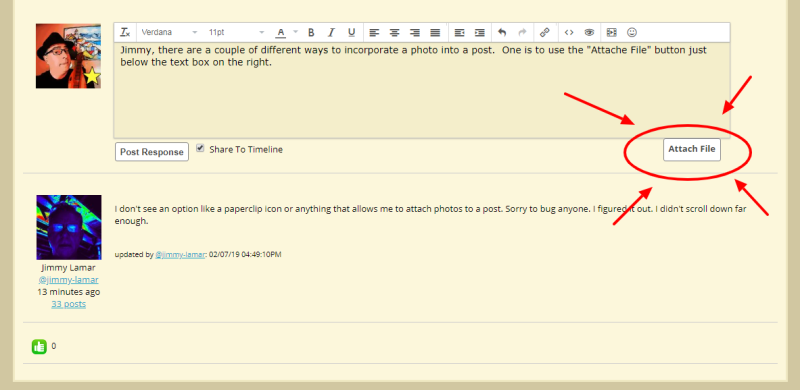Adrian, I can only compare my McCafferty with the other fine dulcimers I own: Blue Lion, Modern Mountain Dulcimers, and Probst, the latter of which I currently have strung as a baritone.
My 25" McCafferty has a superior balance, very warm tone, and exceptional volume. It is not as bass dominant as my Modern Mountain Dulcimer, but is better balanced. Compared to my Probst, the McCafferty does not have as much sustain, but don't get me wrong; the sustain is very good, just not quite as infinite as the Probst. And the sustain might be a function of the shorter VSL. I have a feeling that the sustain of a 28" McCafferty would be just as remarkable as the Probst.
The action is also wonderful. It takes very little pressure from your fingers to fret a string. I also find it equally beautiful flatpicked or fingerpicked. Prior to buying the McCafferty, I used my MMD for flatpicking and my Blue Lion for fingerpicking, but the McCafferty excels in both. However, I found the strings a bit too far apart for fast flatpicking and moved the melody and bass strings in a little bit so that they are about 1" apart.
I don't know much about electronics, but I love the pickup Terry uses. It is a Twin Spot pickup by K & K Sound. I plug right into my Fishman Loudbox mini with no pre-amp and no equalizer and the sound is just what you'd want: an amplified but warm, acoustic tone.
I bought my McCafferty before Terry started making radiused fretboards, so I can't speak to that feature.
In general, I cannot imagine a competent player looking for a high-end dulcimer with a big, round, warm sound being dissatisfied with a McCafferty instrument. There might be a detail or two (such as the distance between strings) that would have to be customized, but Terry knows what he's doing. His dulcimers are really nice. Two members of my local dulcimer group contacted him for their own the first time they heard mine. A few days after I received my dulcimer from Terry I played in a kind of round robin on a stage with three other dulcimer players. We took turns playing tunes. Afterwards, a professional player in the audience (he was actually the main act who followed us) told me that the tone of my dulcimer really stood out among the others. He didn't say my playing stood out, but was only talking about the tone of the dulcimer!

 And your story is more evidence of what a kind, giving community dulcimer players are. Perhaps I'll see you at some dulcimer event in northern Cal one of these days.
And your story is more evidence of what a kind, giving community dulcimer players are. Perhaps I'll see you at some dulcimer event in northern Cal one of these days.


 If 000 is a D chord, then 111 is an E chord, 222 is an F (really F#) chord, 333 is a G chord, 444 is an A chord, 555 is a B chord, and 666 is a C chord. Then we start over with D again at 777. Until you learn more chord voicings, those are safe places for you.
If 000 is a D chord, then 111 is an E chord, 222 is an F (really F#) chord, 333 is a G chord, 444 is an A chord, 555 is a B chord, and 666 is a C chord. Then we start over with D again at 777. Until you learn more chord voicings, those are safe places for you. I've been looking for that book for years and I don't know why it never occurred to me to post a note here. I'll send you a personal message right away. You're the best!
I've been looking for that book for years and I don't know why it never occurred to me to post a note here. I'll send you a personal message right away. You're the best! )
)